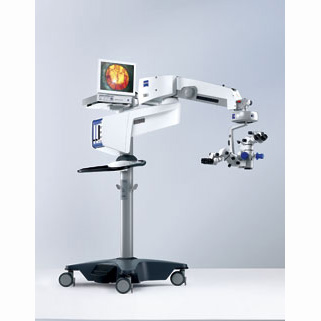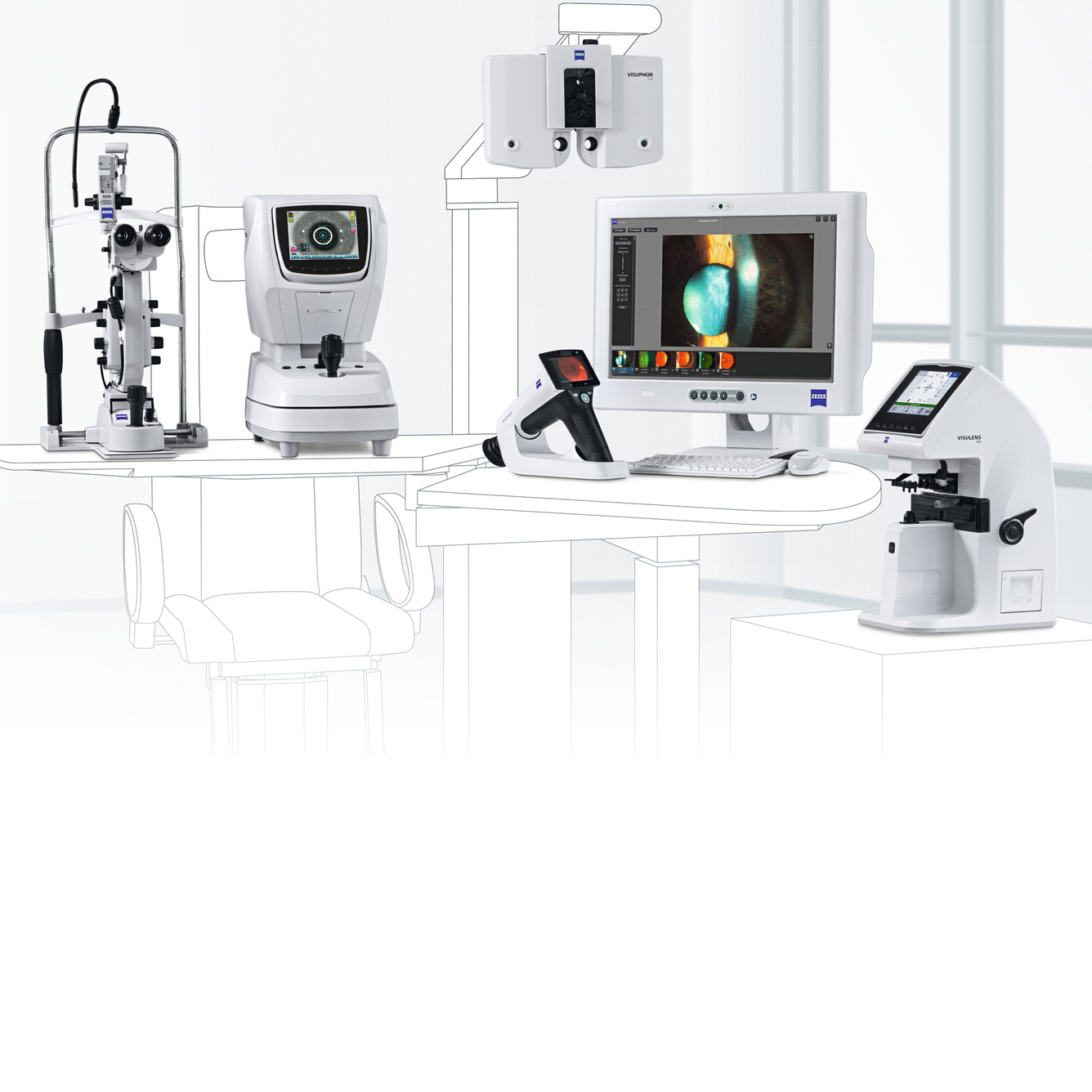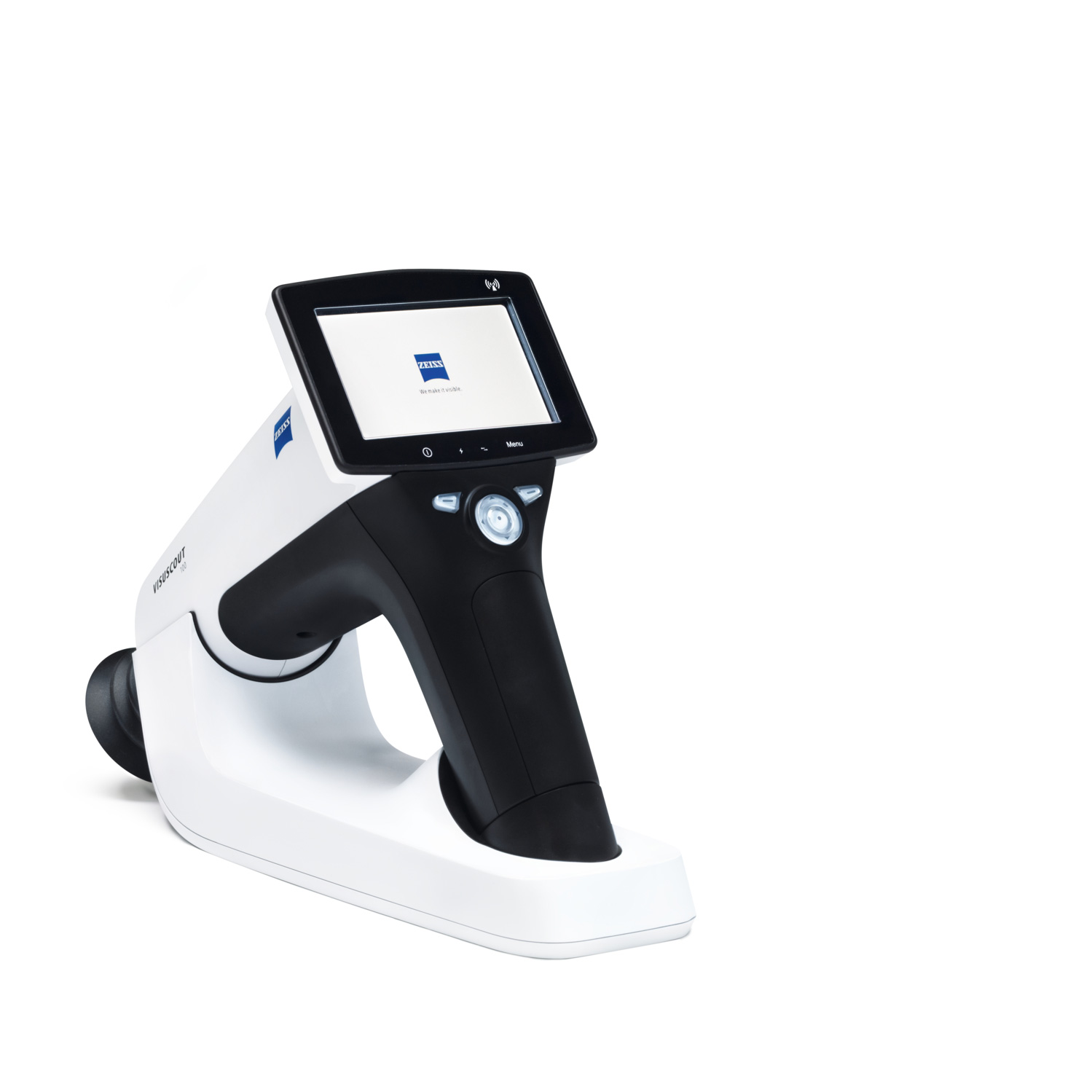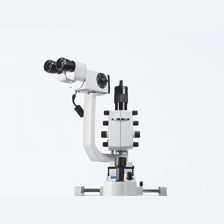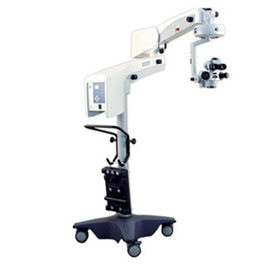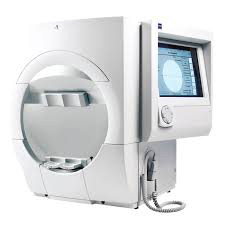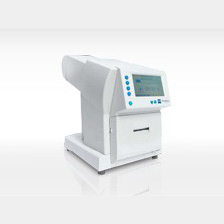With the OPMI® VISU 210, Carl Zeiss has created a surgical microscope that can only be described as absolute state-of-the-art for ophthalmic surgery. Its wide range of uses meet the demands placed on it by surgeons and it offers new functions to improve depth of field, resolution and contrast. With its completely integrated assistant’s microscope the OPMI® VISU 210 is also ideal for university hospitals
Zeiss OPMI VISU 210 Microscope (Pre-Owned)
Related Products
-
Zeiss VISUCAM PRO NM (Pre-Owned)
VISUCAM®PRO NM feature legendary ZEISS optics and non-mydriatic color fundus photography enabling you to photograph through pupils as small as 3.3mm. Superior patient comfort, more efficient workflow and improved eye care: The advantages of the VISUCAMPRO NM from ZEISS are obvious. The high-quality system provides the basis for detailed diagnoses of typical eye diseases like diabetic retinopathy, glaucoma and AMD in a single workstation.
Advanced features such as easy stereo image handling are combined with intelligent auto functions that enable reproducible and intuitive imaging for every single patient eye -
Zeiss VISUSCOUT 100 Handheld Fundus Camera
Reliably detecting and monitoring retinal disorders is key to ensuring high-quality care and to maintaining the vision of your patients. The VISUSCOUT™ 100 from ZEISS lets you do precisely that. As a mobile fundus camera, it is the perfect imaging companion.
Flexible and mobile fundus imaging
Packed into a small, rugged carrying case, the ZEISS VISUSCOUT 100 can be conveniently transported and easily fits into any practice setup. Thanks to the camera’s non-mydriatic operation and precise autofocus function, dilation of the eyes is not required. Its battery power provides added flexibility and independence. The optional WiFi functionality enables instant transfer of images to a PC or mobile device.
-
Zeiss Cirrus HD-OCT Model 400 (Pre-Owned)
The CIRRUS™ family of OCT instruments offers a choice of high-quality OCT clinical solutions to assist you in the diagnosis and management of glaucoma and retina disease across all levels of care. Focused on the essential core OCT functionality, Model 400 is designed with the smaller budget in mind. Live OCT Fundus™ technology provides the fundus image using the OCT scanner only, rather than an additional line scanning ophthalmoscope (LSO).
Cirrus HD-OCT Model 400 shares the same modern integrated design, ease of use, and small footprint as the premium performance Model 4000. The Cirrus 400 also includes; Enhanced HD rasterScan, Fast frame rate, higher transverse resolution and Anterior Segment Imaging.
-
Hot
Zeiss Humphrey HFA II 750i (Pre-Owned)
Advanced analysis with comprehensive connectivity options
Validated by more than 30 years of research, design and clinical experience, the Humphrey® Field Analyzer (HFA™) is the accepted standard of care in glaucoma diagnosis and management. With over 65,000 installed units worldwide, the HFA is the premier automated visual field analyzer.- World standard of care
- All major clinical trials have relied on the Humphrey
- Connectivity to office network and EMR
- GPA™: perimetry progression software; allows for full analysis on one page
- GPA minimizes false positives by taking into account test-retest variability of the general population
- VFI™ minimizes the effects of cataracts for the purpose of measuring progression
- STATPAC™ analysis: sophisticated analysis made simple
- SITA algorithm for fast and precise visual field threshold measurements
- Gaze tracking: highly precise, real-time measurements for reliability
- SITA-SWAP provides early detection (Model 745i and 750i only)

